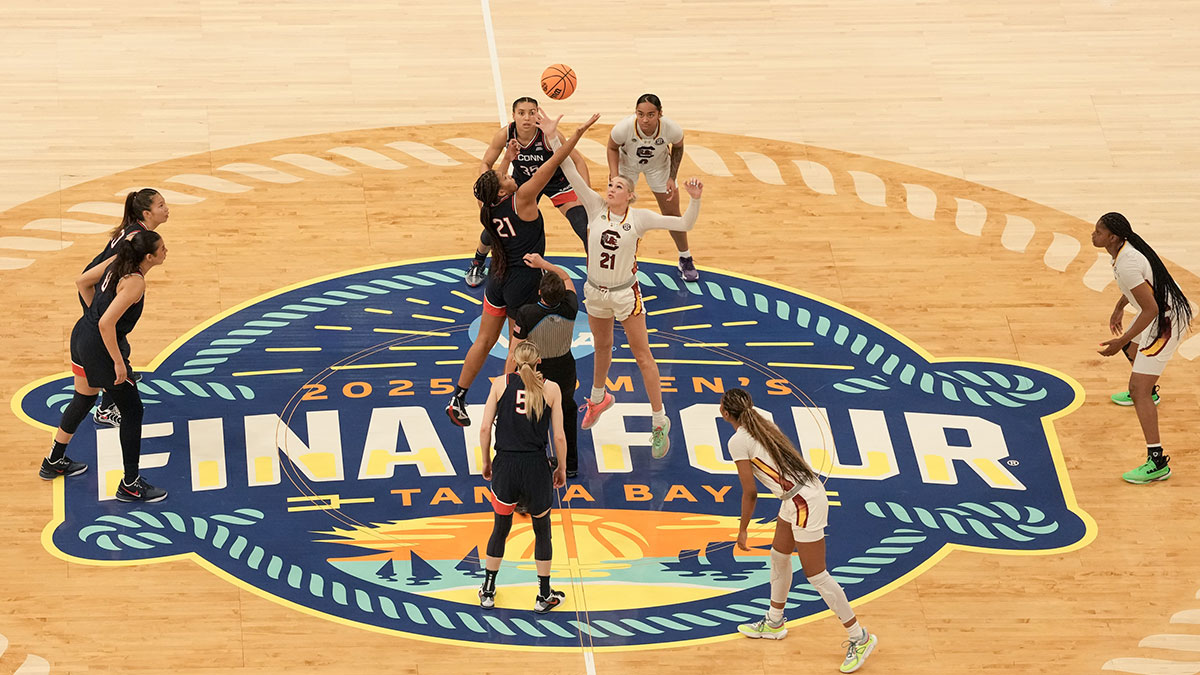Beginning in 2026, every Power Four conference will require its members to play nine league games. Three of the four NCAA leagues will also mandate at least one non-conference matchup against another power opponent. The Big Ten will be the only one that does not.
The Big 12 already enforces the 10-game standard, and the SEC and ACC will soon join in. That means nine league games plus one outside test against a peer program. The Big Ten has stayed firm in its own approach, and reports indicate that no change has even been discussed. For the nation’s oldest and most tradition-heavy conference, that decision creates a scheduling path unlike any other at the top level of college football.
Playoff questions loom large for the Big Ten

The distinction could carry weight in the College Football Playoff debate. Selection committees have often leaned on the strength of schedule when comparing teams with similar records. Big Ten officials have long defended their nine-game league slate as the toughest path in the sport. Commissioner Tony Petitti has pointed to the “simple math” of 18 teams facing each other as proof of the challenge.
Still, critics note that six Big Ten programs this season did not play a non-conference power opponent, and five more are set to do the same next year. Independent Notre Dame, by contrast, will face 10 power conference teams this season and at least nine in 2026.
Coaches like Penn State’s James Franklin and Indiana’s Curt Cignetti have publicly pushed for consistency across conferences, arguing that playoff access demands standardized schedules. Without it, one league can claim to play the hardest slate while another carries a measurable advantage in playoff positioning.
For now, the Big Ten’s stance leaves it as the only major conference not aligning with the new 10-game model. While others shift toward greater balance, the league has chosen continuity, and with no changes on the horizon, its uniqueness will stand out when the 12-team playoff era begins in 2026.



















